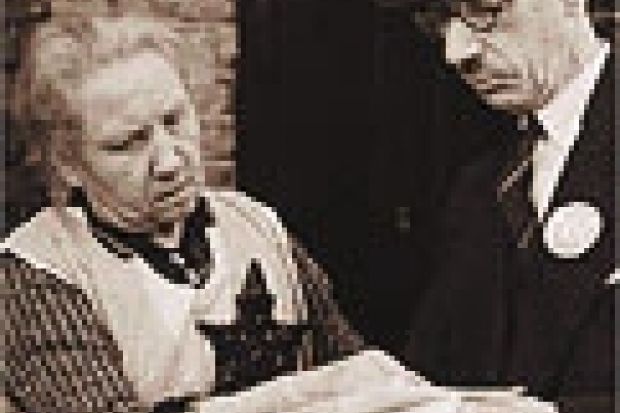A statistical model devised to estimate wildlife populations will be used in this year's census to make it the most accurate ever.
Ian Diamond, professor of social statistics at Southampton University, has been working on a strategy to overcome the problems that dogged the 1991 census when more than a million people slipped through the net.
"Not only will we be able to estimate the number of people the census misses, but we will be able to estimate characteristics such as their marital status, their occupation, socioeconomic status and so on," Professor Diamond said.
"This is a world first. We reckon on getting the national population of about 52 million accurate to within 60,000."
Accuracy is crucial not only because the census costs more than £250 million to complete, but because the data allows the government to plan housing, education, health and transport.
The census is designed to count everyone, but ten years ago some groups were missed and the size of the undercount could not be estimated accurately. The Office for National Statistics, which carries out the census, called it a major methodological challenge.
Professor Diamond is part of a small team of academics who have spent much of the past ten years devising a census coverage survey. The survey is much larger than anything attempted before.
Three weeks after census day, 300,000 sample households will be interviewed in person. Then using a technique known as One Number Census, statisticians will be able to estimate the undercount across the whole country.
Households and individuals who have been missed can be added to the census database and their characteristics estimated. These are then aggregated to one number that becomes the national population estimate.
According to Professor Diamond, there will always be people who do not get counted. In 1991, coverage was 98 per cent but the remaining 2 per cent were concentrated among young people, such as males in inner cities; babies under 14 months; elderly women; ethnic communities, and students because of residency confusion.
The One Number Census has been a painstaking operation involving collaboration by academics and government statisticians.
Register to continue
Why register?
- Registration is free and only takes a moment
- Once registered, you can read 3 articles a month
- Sign up for our newsletter
Subscribe
Or subscribe for unlimited access to:
- Unlimited access to news, views, insights & reviews
- Digital editions
- Digital access to THE’s university and college rankings analysis
Already registered or a current subscriber?
